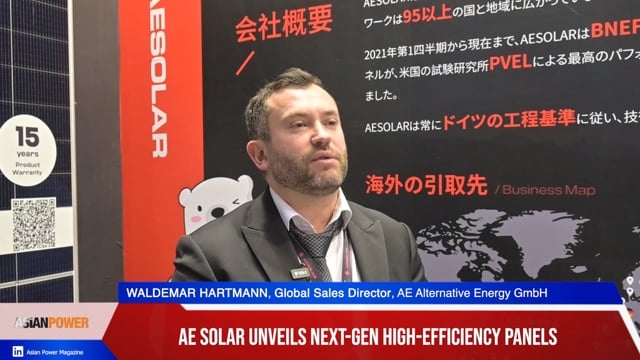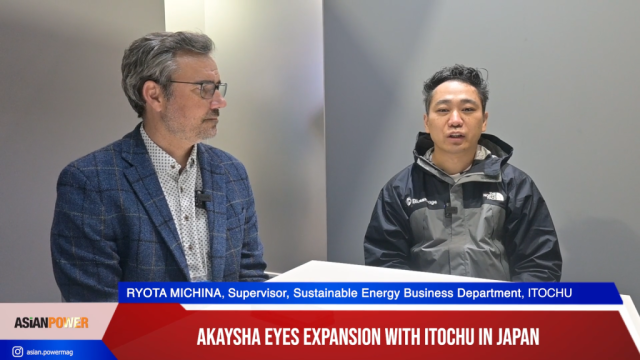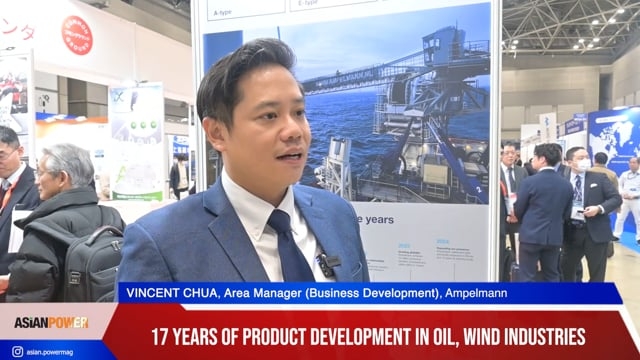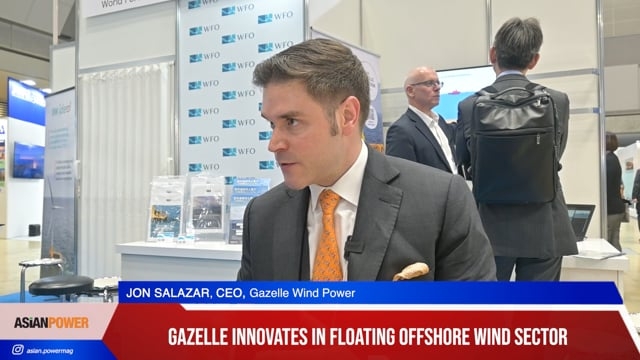
Here's what could derail Japan's floating offshore wind power dreams
Strong government support will be difficult to obtain.
BMI Research expects Japan's push to develop emerging floating offshore wind power technology to face a number of hurdles over the coming decade. The most notable challenge will be cost - as floating offshore wind power projects only exist in the form of pilot projects to date.
To commercialise the technology, economies of scale will be required, equipment costs will need to be cut and expertise needs to be developed.
The cost of floating wind is much higher than established fixed-bottom technology, and a substantial amount of government support will thus be necessary - which will be limited in Japan, given the government's focus on reducing electricity costs.
Here's more from BMI Research:
This will in turn mean that the technology will have limited impact on the Japanese power mix over our 10-year forecast leading up to 2026.
That said, we see potentially vast benefits for Japan over a multi-decade horizon, should the country be able to spearhead floating offshore wind power development. We see a number of factors boosting government support for the sector and triggering more private sector involvement in the technology.
On the government side, this will be the result of 80% of the country's offshore wind potential having sea-depths deeper than 100 metres - making fixed-bottom offshore wind economically unviable.
Floating technology would also provide much more flexibility in terms of the choice of location, in order to tap into higher wind speeds, and to help defuse the opposition registered from fishery and maritime logistics business against offshore wind farms.
This has culminated in ambitious targets for the technology being set, with the country looking to deploy 4GW of floating wind facilities by 2030, and 18GW by 2050.
For private companies, developing expertise in floating offshore wind could unlock a potentially lucrative global wind power market over the coming decades.
Japan is a relative latecomer in terms of fixed-bottom wind power technology, and will therefore not be able to rival European heavyweights that have years of expertise in the segment.
By focusing of floating wind power, Japanese companies could gain a first-mover advantage in floating wind technology. This could in turn enable Japanese companies to be competitive and gain market share in this segment of the wind sector over the decades to come.
We believe this will have informed Marubeni Corporation's decision to establish a 14MW floating wind pilot project on the coast outside Fukushima prefecture in 2016.























 Advertise
Advertise








